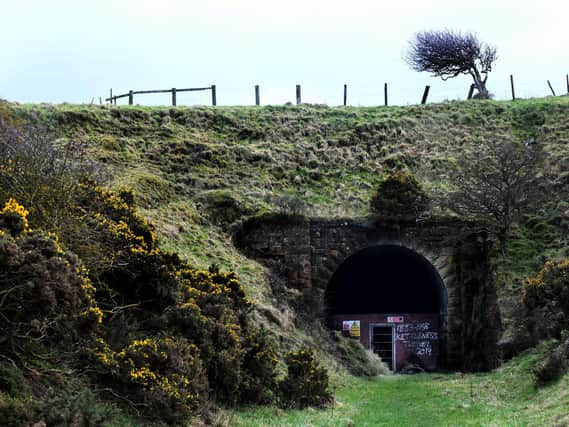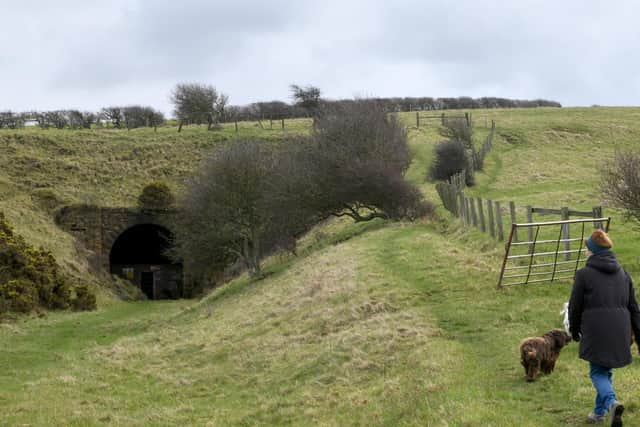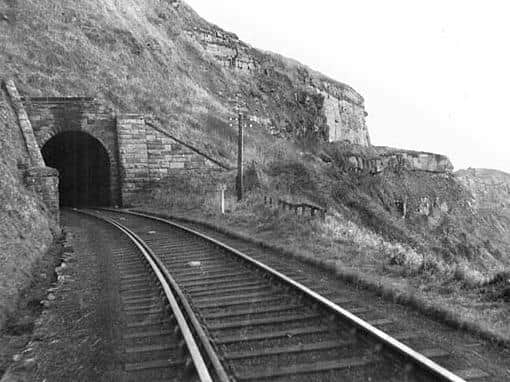Railway tunnels between Whitby and Staithes that have been closed since the 1950s could be re-opened for cyclists on the Cleveland Way


Kettleness Tunnel and Sandsend Tunnel are relics of one of the least profitable branch lines in British railway history - the Whitby to Loftus line.
The route closed in 1958 having been beset by structural issues from the outset, and the tunnels have been blocked off and abandoned ever since.
Advertisement
Hide AdAdvertisement
Hide AdNow they could be opened again and restored as cycling routes aimed at users of the nearby Cleveland Way.


Although part of the old line is a footpath, it is not currently suitable for cycling or disabled access due to its steep gradients and steps.
Re-opening the tunnels would not be easy, partly due to the pressures of cliff erosion in the area. The tunnels were originally built further inland for this reason, after part of the intended route along the clifftop fell into the sea in the 1880s.
In 2008, the northern portal of the mile-long Sandsend Tunnel partially collapsed, and the southern half is prone to flooding.
Advertisement
Hide AdAdvertisement
Hide AdThe North York Moors National Park Authority warned that the project is in the very early stages and that significant engineering surveys will have to undertaken to establish the feasibility and costs of such a scheme.


A spokesperson said: "“We are currently in the very early stages of undertaking a feasibility study to look at the viability of the route and have begun some consultation into route options.
"Such a project would require major infrastructure work, and a significant amount of research must still be done to better understand the possible carbon reduction and economic benefits, alongside any ecological and archaeological sensitivities. Only once that is complete could we conclude whether the project is a realistic option for the future.”
One of the reasons the loss-making railway was recommended for closure - several years before the Beeching axe period - was the cost of maintaining the tunnels, which exceeded the revenue generated from ticket sales. Trains were only heavily used during summer weekends after the war, and the closure meant that Staithes, Hinderwell, Kettleness, Sandsend and Whitby West Cliff lost their stations. Most are now private houses, and Kettleness is a Scout activity centre.
A short section of the line remained open for freight trains serving the potash mine at Boulby.